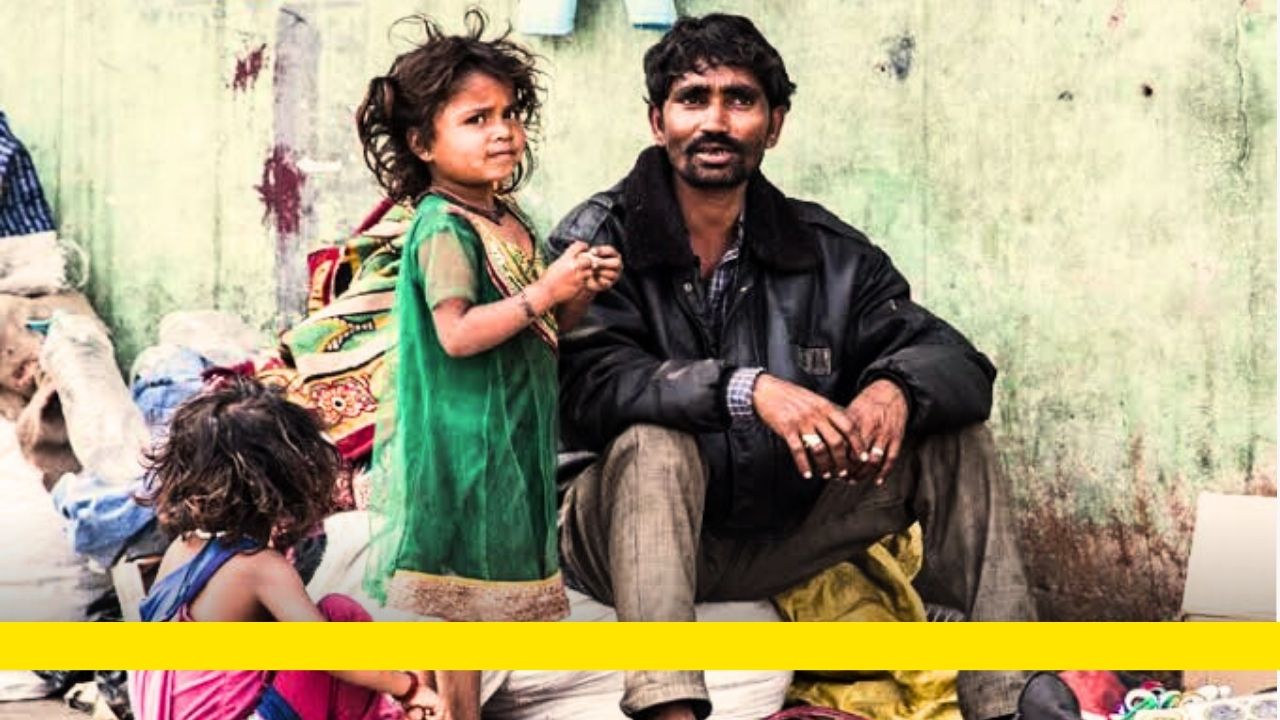Migrants’ Misery in Digital India, the Government is Groping in the Dark Without Proper Data
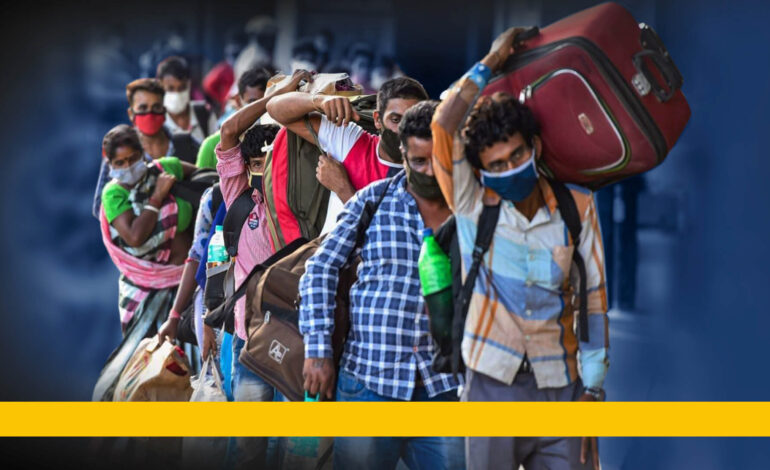
December 18 is observed as the International Migrants Day to mark the anniversary of the 1990 adoption by the United Nations General Assembly (UNGA ) of the International Convention on the Protection of the rights of all migrant workers and their families. Starting with this article, The AIDEM presents a series highlighting the issues faced by migrant workers across the world, with a special focus on India
In dealing with the issues of migration, India is still dogged by the colonial mindset and its migration pathway infrastructures do no match the needs of the digitally-defined modern times and value systems. In a country that has the largest migrant population and receives the highest quantum of migrant remittances in the world, its highly-sought-after migrants remain highly vulnerable and badly exploited.
The Indian Migration Act of 1983 was enacted with the objective of regulating migrant recruitments and dealing with recruiting agents. However, the law has only served to exacerbate the problem of illegal recruitment and failed to prevent, combat and eradicate human trafficking.
The United Nations estimates that, as of 2020, there are around 281 million international migrants in the world, which is 3.6 percent of the global population. However, India has no proper data on its migrant population, which betrays the government’s callous disregard for its migrant population. This, at a time when the world is bursting with statistics about mass migration driven by factors such as climate change, poverty and unemployment, geopolitics, conflicts, religion, discrimination and terrorism. Indian migration can basically be classified as economic or temporary migration. So it is the responsibility of any prudent government to take measures for their safe and dignified return, readmission as well as sustainable reintegration with society.
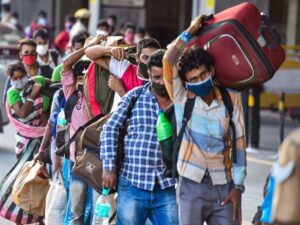
According to World Bank reports, Indian remittances in 2020 were about US$ 87 billion in spite of the fact that a deadly pandemic was raging then, wreaking havoc on the world economy. Remittances might have even surpassed US$ 90 billion had it not been for the rampant wage theft committed by West Asian employers against Indian economic migrants during the pandemic. Millions of them returned to the country without being paid their rightful dues at the end of their service. This was due to the lack of mechanisms for the portability of social security entitlements and earned benefits. Added to this are the denial of insurance benefits or compensations due to those who died during the COVID-19 pandemic. To the best of my knowledge, the government or its missions abroad have not taken any step to obtain these benefits for the victims and their families and ensure that their legal rights are recognized and respected.
The first objective of the GCM (Global Compact for Safe, Orderly and Regular Migration, an intergovernmental agreement under the auspices of the United Nations) is to collect accurate and disaggregated data and use it as the basis for evidence-based migration policies. India is still groping in the dark to find out how many Indians are living as migrants in different continents and countries; it is still dependent on international organisations, external agencies and foreign governments to get data on its own citizens.
The UN Sustainable Development Goals 2030 suggests that migrants and societies be empowered to ensure their full inclusion in societies, so that social cohesion for their prosperity and development is ensured. In order to ensure that each citizen enjoys the democratic rights bestowed upon him/her by the Indian Constitution, the Supreme Court of India, in a historic judgment, granted voting rights to non-resident Indians and migrant workers. As per the Supreme Court’s directive in 2013, the Election Commission constituted a committee tasked with “looking into the matter with regard to ways and means to facilitate voting for NRIs and migrant workers”. The committee submitted its report and, based on that, a bill providing for proxy voting was introduced in the Lok Sabha in 2018. The Bill’s provisions were unacceptable because migrants were not consulted during its drafting. It was passed in the Lok Sabha but went unintroduced in the Rajya Sabha. Eventually, it relapsed.
Desire for inclusion
Surrounded by an increasingly digitized society, it was only natural for migrants to want to participate in the democratic processes of their motherland from their domiciles or workplaces. The question they pose is simple: If professional courses, examinations and admissions can be systematically held online, what is stopping the government of India, with its large technologically-qualified talent pool, from introducing a secure voting mechanism for its migrant citizens abroad? The number of NRIs the world over is higher than the populations of Kerala or Telangana and the denial of voting rights to them is a mockery of Indian democracy at a time when the rest of the world is finding ways to be more inclusive in order to strengthen democratic institutions. But. of course, political parties in India remain apathetic to the votes of NRIs and treat migrants like second-class citizens.

The time has come for India to formulate a new migration policy and enforce a migration law in line with the GCM, the migrant’s Magna Carta which was accepted by 164 nations in Marrakesh, (Morocco) on December 10, 2018 after two years of intense deliberation. It was ratified by many more countries since. Despite being a non-binding (a soft) law, it calls for a moral obligation on the part of all the signatories to implement it, to promote efforts to strengthen regular migration pathways and protect the human rights of migrants. The International Organisation for Migration (IOM) is tasked with the implementation of the GCM and coordination with states and international agencies. The pandemic came in the way of its implementation but we can hope that the IOM, a committed organisation working under the aegis of the UN, will do whatever is possible and necessary to ensure that the countries of migrants’ origin and destination will accommodate the GCM’s 23 objectives in the coming years. India, being the country of origin for the highest number of migrants in the world, has the responsibility and the opportunity to be a trailblazer in this effort.
In the context of of right-wing politics gaining strength in the countries of the western hemisphere, migrants are increasingly, and incorrectly, being perceived as a threat to their national economies. This perception has given rise to anti-immigrant sentiments. Studies have shown that migrants contribute to development in their original and destination countries alike.
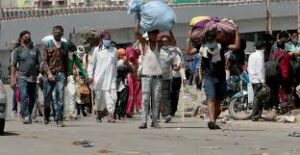
Fleeced by agents
Indian migrants are the most vulnerable in migration pathways as the government fails to provide accurate and timely information at all stages of migration, despite technological advancements. The pathways are marred by the lack of proper information, misguidance, or exploitation right from the time a person applies for a passport; problems continue throughout the recruitment process, during their travel, and even when the contracts are signed and attested and during placements and returns.
A classic example of this is the recruitment of nurses to West Asia. There were times in the current decade itself when experienced professional nurses were forced to shell out US$ 30,000 to Indian agents in order to get recruited to workplaces in the countries of the Gulf Cooperation Councils, More than 2000 nurses were recruited and recruitment charges to the tune of Rs. 400 crore were wangled out of the hands of the poor families of nurses. This is the plight of people who choose the highly-sought-after nursing profession. It is anybody’s guess what blue-collar, semi-skilled or unskilled laborers and domestic workers would be subjected to when they want to go abroad in search of a better life for themselves and their families.
One of the salient objectives of the GCM is its reiteration of the rights and empowerment of migrant women and children. The GCM unequivocally demands ‘gender-responsive’ and ‘child-sensitive’ migration policies. More than 50 percent of the migrants are women and girls. At the international level, women constitute 74 percent of migrant domestic workers. The quantum is more or less the same in the case of India. The GCM asks governments to prioritise the task of combating the menace of smuggling and trafficking of women and girls. It is sad to note that the Indian government has no policy, plan, or regulations in place to do this.
As per the Indian mission in Kuwait, more than 45,000 Indian domestic workers were recruited to Kuwait in less than six months post-pandemic. Enquiries revealed that each one of them had shelled out Rs. 1 lakh on an average as “recruitment charges” to the agents back in India. A simple calculation will reveal the extenf of the loot. At the same time, Kuwaiti nationals are paying exorbitant hiring charges to their local agents to “procure” these domestic workers. Effective state intervention can put a definitive stop to this perpetual daylight robbery.
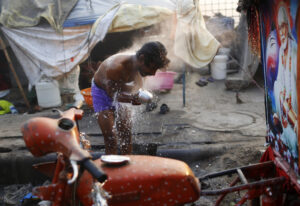
In spite of the repeated calls for a migration policy, successive governments in Delhi have failed the Indian diaspora. The Migration Act, 1983, should be revamped and substituted with a Comprehensive Migration Management Act. The present government, when it assumed office in 2014, swept into the dustbin the Overseas Affairs Ministry, which was established for the sole purpose of looking after the welfare of NRIs. The only conclusion these actions lead to is that NRIs themselves are seen a nuisance but their remittances are needed. The foreign exchange brought in by the NRI to India is way ahead of the Foreign Direct Investment (FDI) numbers but the facilities offered to the foreign investors by the government are way too high in comparison to whatever is done in the case of working class NRIs. Worse, rules and regulations are not relaxed for the migrants as has been done in the case of foreign investors.
Migrant Youth’s Travails
Indian youth now flock to Europe, the United States, China, the Philippines, and so on, in search of better education and employment opportunities which India has been unable to provide. The remittances we spoke of are now being channeled outwards for their education and livelihood and this is a massive drain on the economy. In the initial days of the Ukraine crisis, the authorities at the center and in the States had no clue on how many students were present in the Ukraine for their medical and higher education. More than 20.000 students were repatriated from the Ukraine’s war zones, but their further studies and career options are now in peril as the government is yet to permit them to continue and complete their medical education in India.
In connection with Ukraine students’ repatriation, Prime Minister Narendra Modi commented: “… our children today are going to small countries to study, especially in medical education. Language is a problem. They are still going …. can our private sector not enter this field in a big way? Can our state governments not frame good policies for land allotment regarding this?”
This comment is welcome and underlines the GCM objective of minimising the adverse living conditions and structural factors that compel people to leave their respective countries. But, such proclamations need to be followed up with concrete actions. Only then will they have any merit or creditworthiness.
Subscribe to our channels on YouTube & WhatsApp







